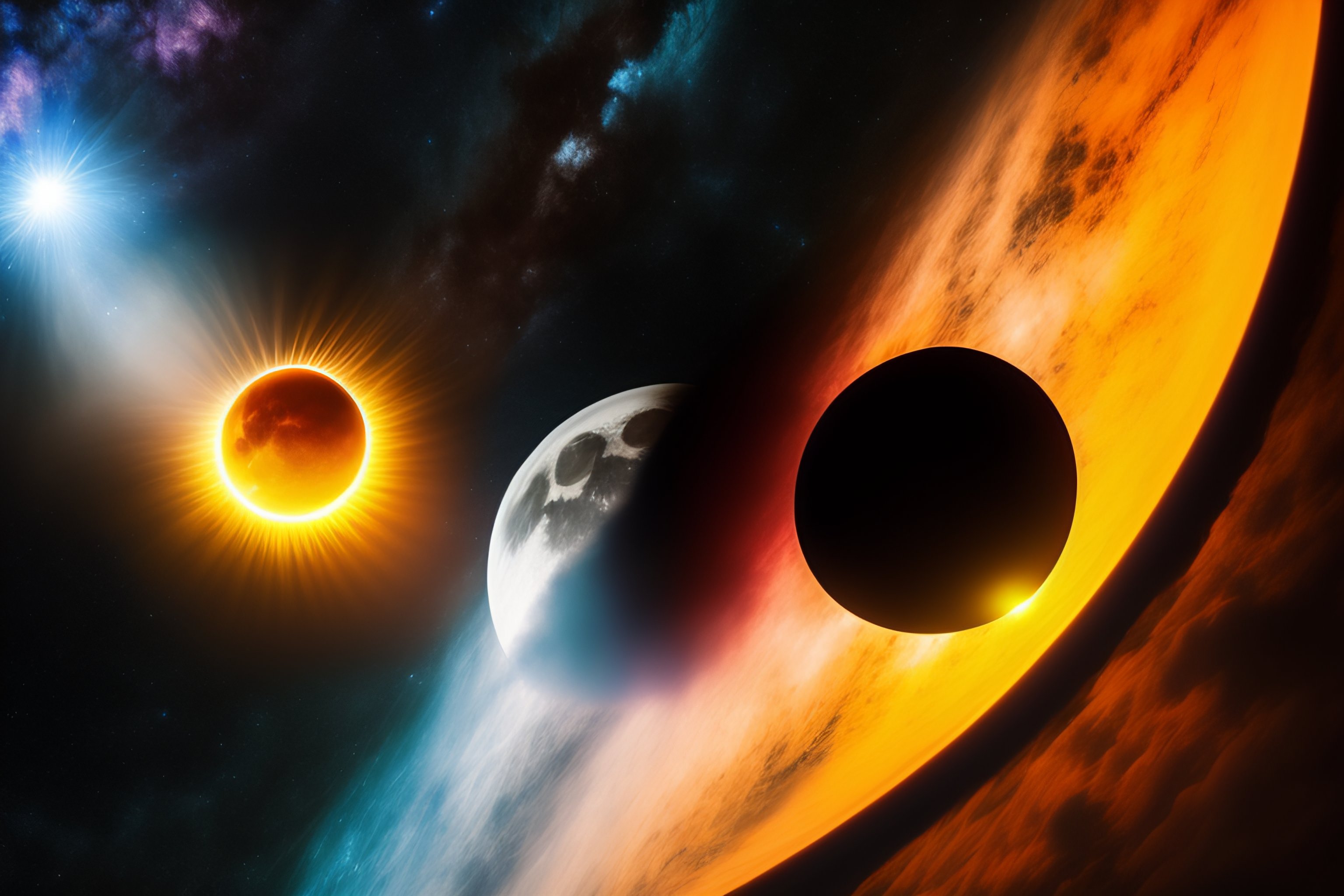Eclipses have fascinated people for centuries, and for good reason. These rare astronomical events can be truly breathtaking to witness. But what exactly is an eclipse, and why do they occur? In this blog post, we'll explore the two main types of eclipses: solar and lunar.
Solar Eclipses
A solar eclipse occurs when the Moon passes between the Sun and the Earth, casting a shadow on the Earth's surface. There are three types of solar eclipses: total, partial, and annular. A total solar eclipse is the rarest and most dramatic type of solar eclipse, occurring when the Moon completely covers the Sun, leaving only a halo of light visible around the edges. During a partial solar eclipse, the Moon only partially covers the Sun, resulting in a crescent-shaped Sun. An annular solar eclipse occurs when the Moon is farther away from the Earth, making it appear smaller and leaving a "ring of fire" around the edges of the Sun.
Lunar Eclipses
A lunar eclipse occurs when the Earth passes between the Sun and the Moon, casting a shadow on the Moon's surface. There are two types of lunar eclipses: total and partial. During a total lunar eclipse, the Moon appears to turn a deep reddish-orange color, earning it the nickname "blood moon." This happens because the Earth's atmosphere scatters sunlight, filtering out all colors except for red. During a partial lunar eclipse, only a portion of the Moon is covered by the Earth's shadow, resulting in a partial darkening of the Moon.
Why Do Eclipses Occur?
Eclipses occur because of the unique orbits of the Earth, Moon, and Sun. The Moon's orbit around the Earth is not a perfect circle, so it is sometimes closer to the Earth and sometimes farther away. When the Moon is closer to the Earth, it appears larger in the sky and can block out the Sun during a solar eclipse. When the Earth is between the Sun and the Moon, the Earth's shadow falls on the Moon, causing a lunar eclipse.
Conclusion
Eclipses are rare and awe-inspiring events that have captivated people for centuries. Whether you are lucky enough to witness one in person or simply marvel at photos and videos online, it is worth taking a moment to appreciate the beauty and complexity of these celestial phenomena. By understanding the science behind solar and lunar eclipses, we can gain a deeper appreciation for the wonders of the universe.

